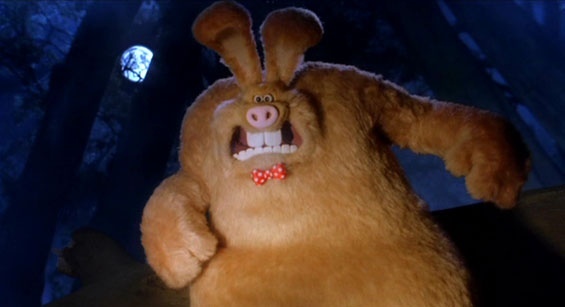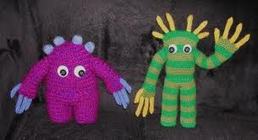Design For stop Motion - Key considerations and essential design tools for character development and fabrication.
Working on a concept from scratch
In industry most people who work in fabrication will be involved in design at almost every stage of production. For most productions, the first key consideration is matching the design aspirations and practical approaches to the budget, available skills and spatial considerations. At the top of the industry paradigm you have large production companies such as Mckinnon and Saunders, or Aardman animations, where the budgets are large enough to allow for a very wide range of highly specialised artists, designers, fabricators and animators to collaborate over a period of time, developing the "look" of a character, and improving its performance through a series of prototypes, tests, developing a range of design solutions to meet the narrative requirements of one character. An example of this is the development process that led to the completed "were rabbit" scenes in the Aardman film which was completed after an extended design process that cost over 1 million pounds and had a wide range of specialists working over two years. The character is represented onscreen by many different puppets, at different scales, designed to perform different movements.
An alternative approach
More usually, on independent film the budgetary constraints, tight time schedules and limited range of specialist skills or appropriate studio space lead to a more "Materials Led" approach. This approach is usually informed heavily at the early stages of concept development, with the starting point a pre-established "Design Manifesto". This is a clear statement on the visual look of the characters, with emphasis on visually exploiting specific material qualities and visual aspects of very specific materials/objects. This form of fabrication allows the inherent qualities of certain materials to lead the visuals on the character, and indeed the film.
This type of approach will often produce a more innovative and original puppet, and it is often the case that a talented fabricator will simply experiment and test a particular material or process, amending and modifying design work as they go, allowing a character to "emerge" that then inspires a complimentary world and narrative to inhabit.
A "Training" approach.
For training purposes however, it is best to adopt the industry model, and present three key design tools that you can easily apply to your current character design. I would like to add a word of caution at this point however, in my experience, students who design a character on paper first and do not consider fabrication as an essential part of developing a working concept are in real danger of producing fairly generic characters. As the design was developed with little reference to how certain materials look or behave, the puppets can often be chunky, and clumsy, with a bland "Stop Motion" look derived from some notion of what a stop motion puppet should look like.


















